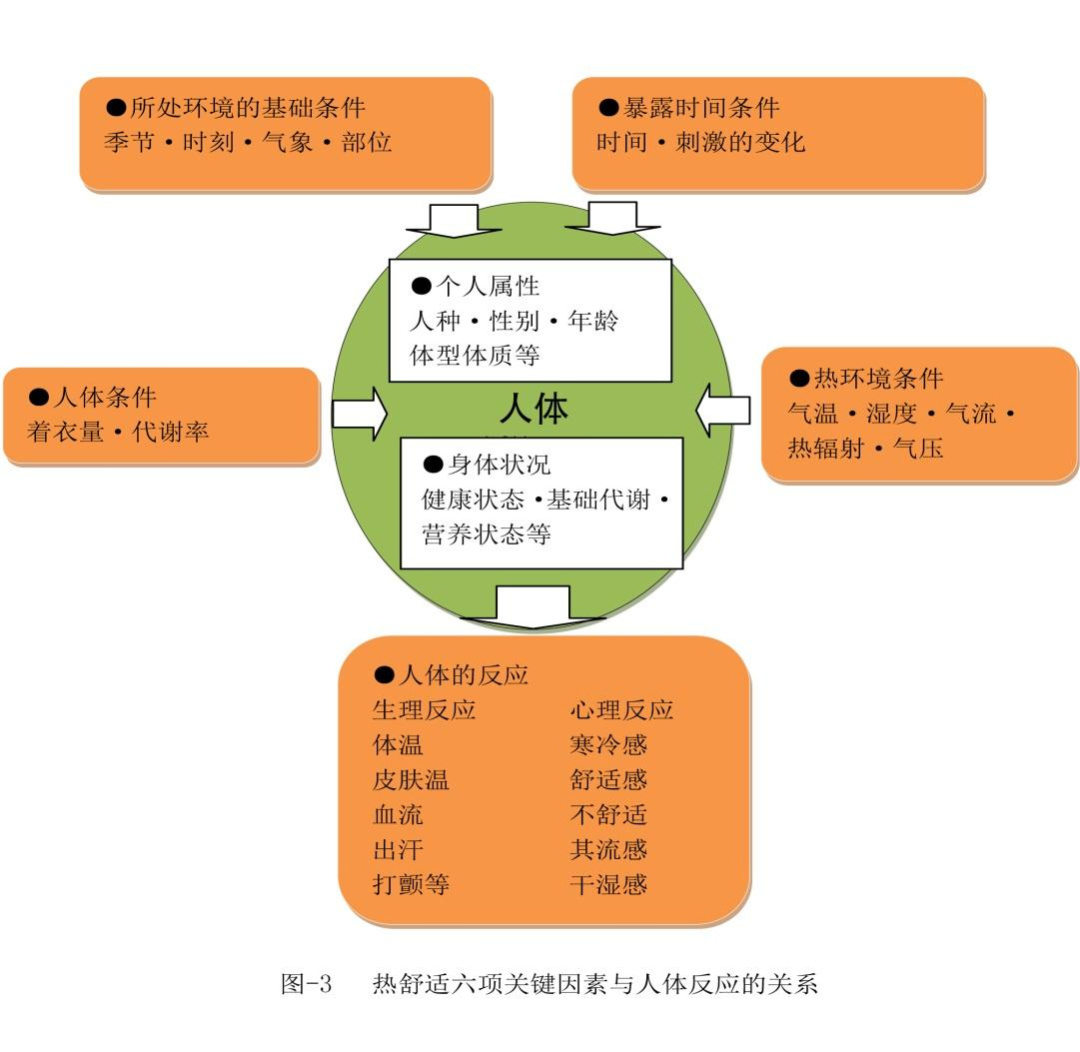Precast passive house: Research on small residential buildings under the concept of energy-saving and healthy life
In order to implement the strategic deployment and development goal of healthy China, through the analysis of the characteristics and advantages of precast passive house – ultra-low energy consumption building, in order to find out the ideal model of small residential building that can be applied and popularized under the concept of energy-saving and healthy life.
More people expect a smarter, healthy, comfortable and energy-saving living experience.
They are an energy-saving and healthy residential type.
People’s demand for living space not only basically meets the physiological needs of sleep, rest, diet, sanitation, water, air, sound and light, but also meets the social needs of communication, privacy, experience, entertainment and aesthetics, and pursues higher-level needs of respect and self-worth realization, which is also a typical reflection of Maslow’s demand level.
Japan health maintenance and promotion Housing Research Institute, through a series of data research on the impact and relationship between healthy housing and residential behavior, shows that healthy housing is closely related to residential behavior and population health.
Key words: healthy housing; Residential behavior; Passive housing; Population health 1.
The main certification systems include: HIH healthy housing, well building and healthy building (as shown in the figure below).


Small residential buildings are selected as the research theme.

This paper analyzes and studies its characteristics and advantages from the era background of residential consumption upgrading, building a healthy China and developing healthy buildings, and discusses its applicability as a small residential building model under the concept of energy-saving and healthy life, so as to make a credit endorsement for its wide application and promotion in the future.
As the health of housing has a profound impact on the health status of residents, from the social level, healthy housing is not only the inevitable choice for the upgrading of housing consumption at this stage, but also the future trend of the development of the times.
After 2003, with the maturity and improvement of the housing market and consumption concept, especially the reflection on the social impact of public health events, to a certain extent, it has stimulated consumers’ awareness and demand for healthy living.
Green and energy-saving houses emphasize the utilization of resources, pay attention to the relationship between architecture and environment, and the harmonious coexistence between man and nature; Healthy housing emphasizes the health of residents, pays attention to the close relationship between architecture and people’s quality of life, and people’s health and equity of rights..
As a typical representative of ultra-low energy consumption buildings, precast passive houses not only save energy and environmental protection, but also provide high-quality and healthy space environment, represent the direction of future building development, but also accord with the era theme of energy-saving social construction and sustainable development.
Whether the built environment is appropriate or not has a potential or positive or negative impact on people’s health.
Because of their small volume and single family personality, they are easier to be used as a model for the implementation and promotion of new technologies and new ideas.
At present, the development of healthy buildings in China is still in the initial stage of practice.

Recently, with the recent public health events at home and abroad, people have once again focused on living health and healthy housing.
2.
Residential buildings have also developed from green buildings that pay attention to environmental impact to healthy buildings based on the principle of people-oriented, People’s consumption of residential buildings has gradually transformed from extensive to exquisite, showing a more mature and rational consumption view and longing for a better life.
What is healthy housing? According to the definition of the World Health Organization (who), the so-called “health” refers to being in a good (happy) state physically, mentally and socially, rather than simply referring to disease or infirmity.
On the basis of meeting the basic elements of housing construction, healthy housing refers to taking human health as the foundation, respecting science, based on the actual performance of the building, improving health elements, transmitting health value, and ensuring the residents’ physiological, psychological, moral and social adaptation.
Shanghai urban architecture smart building passive Housing Research Center focuses on the research and application practice of “future oriented science and technology, wisdom, energy saving and healthy living environment engineering”.
Since 2015, the number of health-oriented global real estate properties has increased sharply.
Since the founding of new China, the consumption of residential products has also experienced a great change from five development stages: economic conservation type – applicable economy type – development transformation type – Landscape comfort type – ecological health type to meet people’s basic survival needs.
Research background in recent years, under the background of actively responding to the “healthy China 2030” planning outline, which clearly proposes to promote the construction of healthy China and implement the evaluation standard of healthy buildings, people’s health has been given priority to development, and the construction of healthy living environment has become a new topic of concern in the architectural planning academia, real estate and other related industries.
Relevant research shows that as the main place for people’s daily production, life, learning and other activities, buildings spend more than 80% of their life in buildings.
Abstract: as a representative of ultra-low energy consumption and healthy buildings, precast passive houses not only save energy and environmental protection, but also provide high-quality and healthy space environment.
Healthy housing has many of the same contents as green and energy-saving housing in technical measures, but they are very different in their respective emphases.
Health needs under the upgrading of housing consumption Abraham Maslow, an American social psychologist, divides people’s needs into five levels in his book motivation and personality: “physiological needs”, safety needs, love and belonging (also known as social needs), respect and self actualization “(as shown in the figure below).
3.

The number of health buildings in China is second only to the United States, ranking second in the world.


